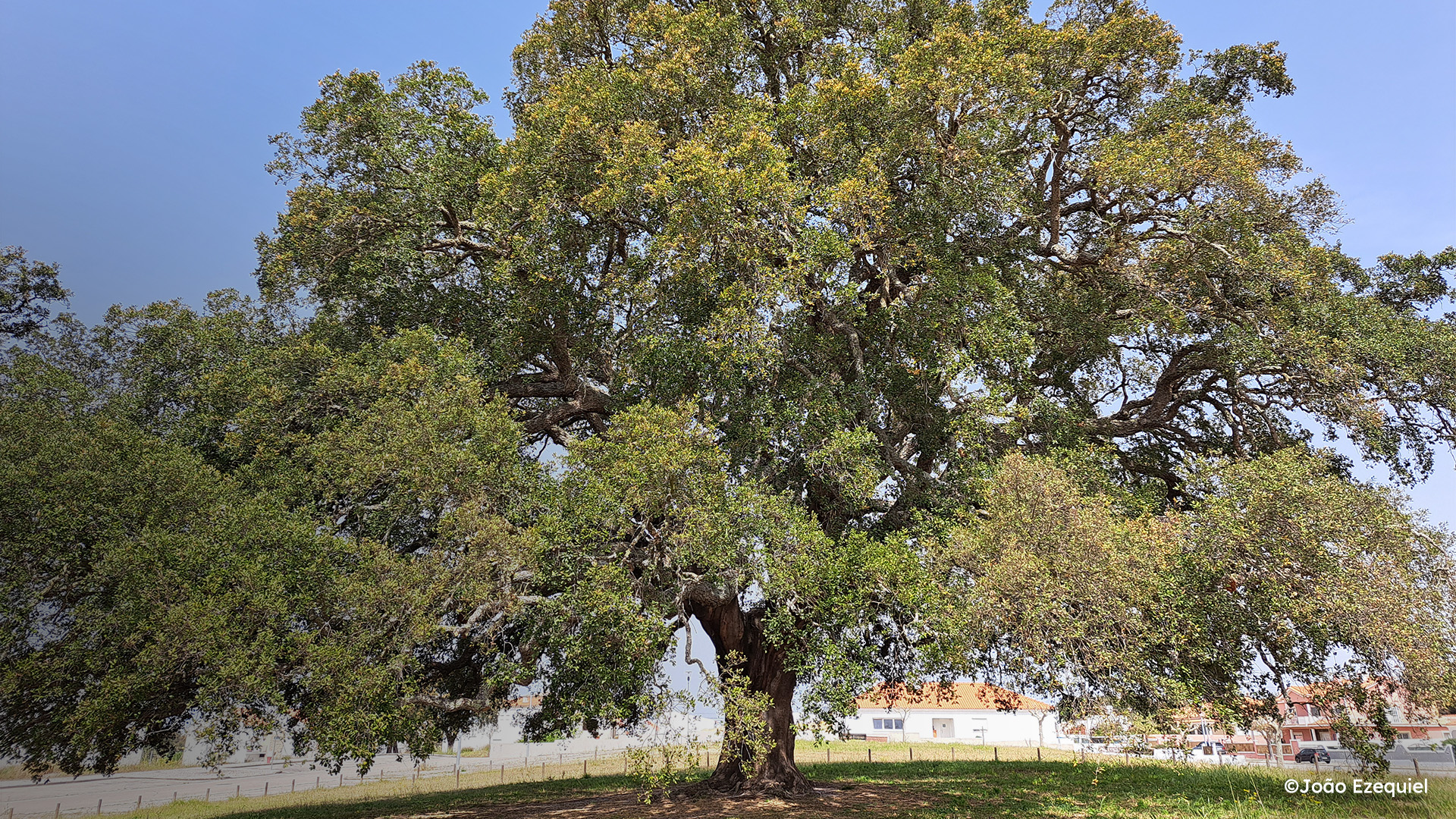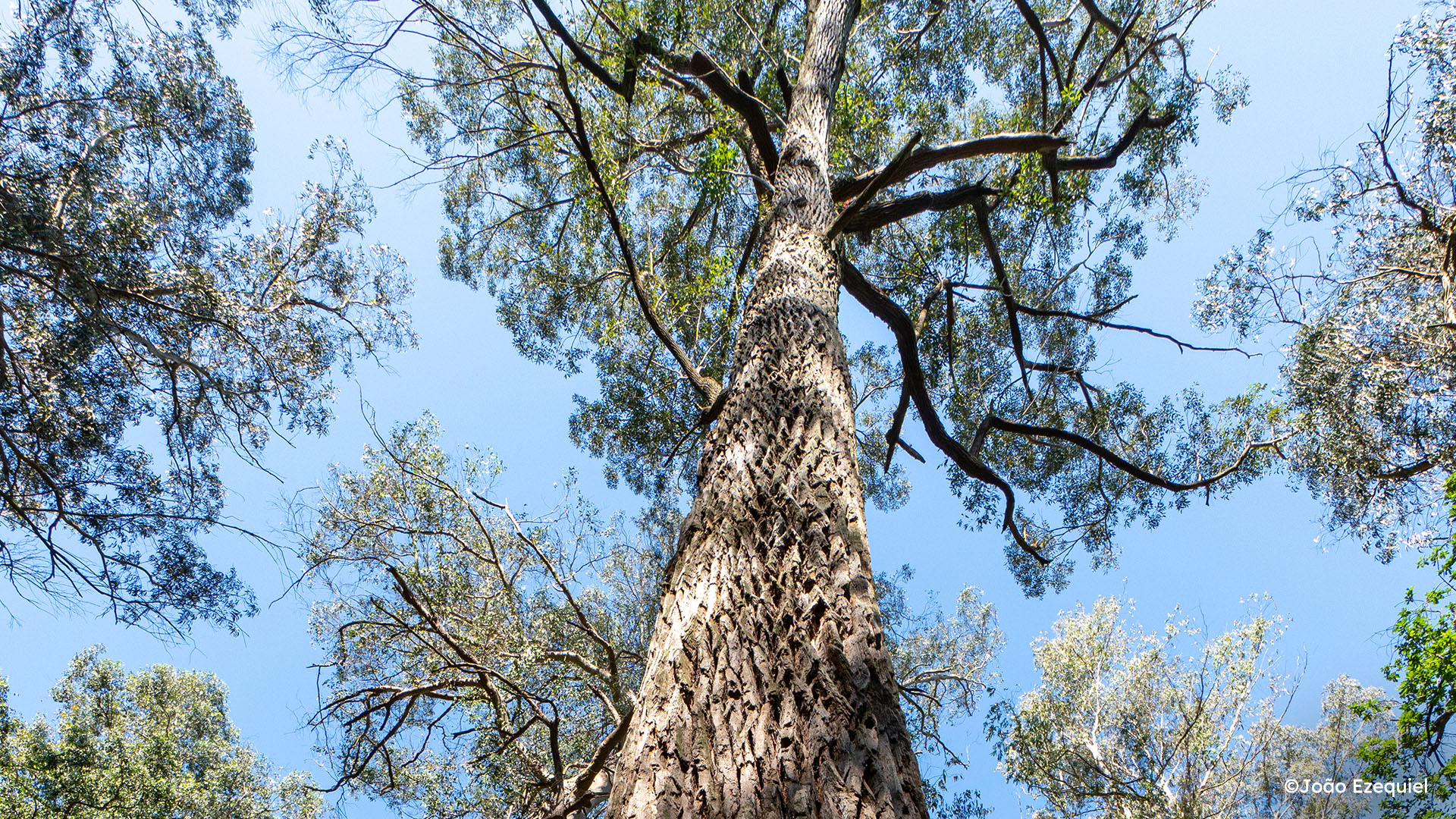Another example is the Araucaria bidwillii, known for being a tree of giant pines (each can weigh 10 kilograms) containing inside more than 100 huge pine nuts. The largest tree in the country, and one of the largest in the world, can be found in the National Forest of Vale de Canas, rising more than 50 meters above the soil, and in other parks and forests in the country.
Whatever the particular traits of these trees, there is something very important to retain which is the impact of their existence.
In addition to preserving much of the planet’s biodiversity, forests are crucial ecosystems for regulating climate change. More than a natural, renewable and biodegradable raw material, wood is also a privileged deposit of CO2, which trees take from the atmosphere. In turn, it is stored in the wood and in the products originating from it, throughout its useful life. See paper, where each ton retains the equivalent of 1.3 tons of CO2 – and gas with the greatest impact on global warming, accounting for 65% of greenhouse gas emissions.
Forests thus prove to be a natural solution to mitigate the effects of climate change. And what is the contribution of monumental trees? According to an article published in the journal Nature, the carbon uptake of trees increases according to their size as the total area of the leaf increases as it grows. This means that older, larger trees absorb more carbon from the atmosphere.
In addition to their carbon sequestration capacity, trees enter the “water cycle” by capturing water through their roots and, through transpiration, returning it to the atmosphere in the form of steam.
Finally, the vast majority of large trees have an advanced age as already mentioned and, therefore, have accumulated cavities in the trunk and superficial roots, as well as dead branches, which are considered important microhabitats of living organisms.






